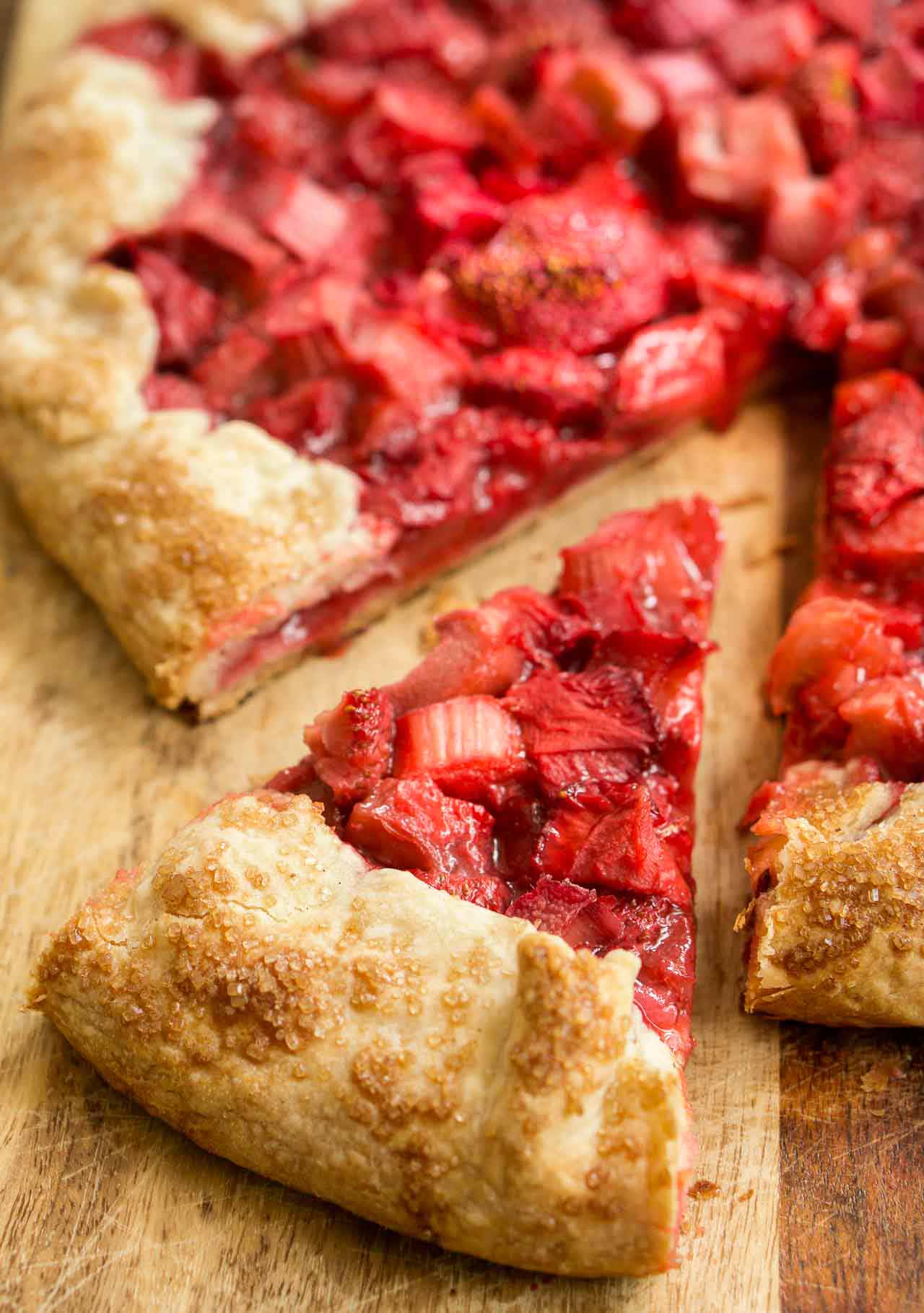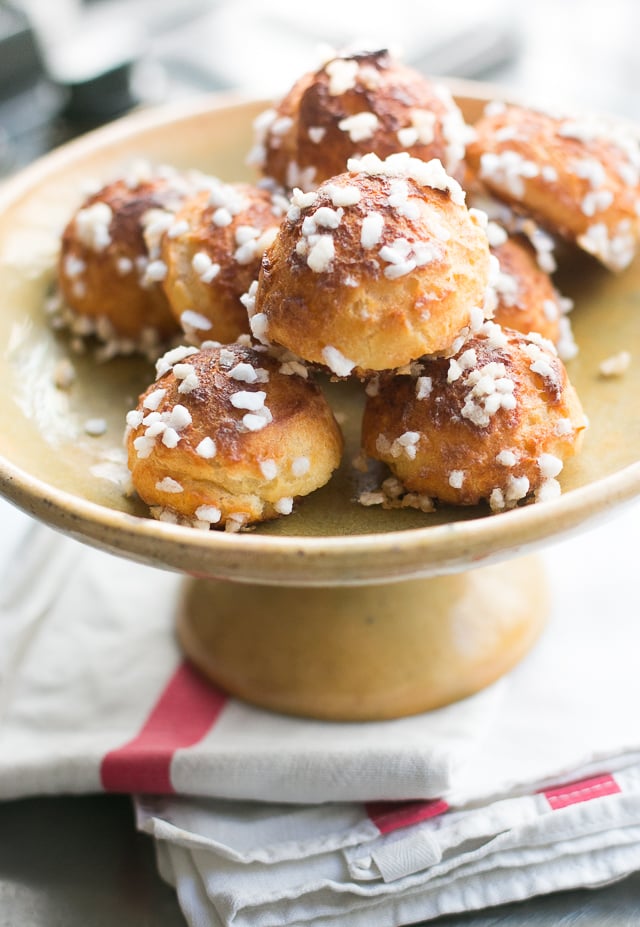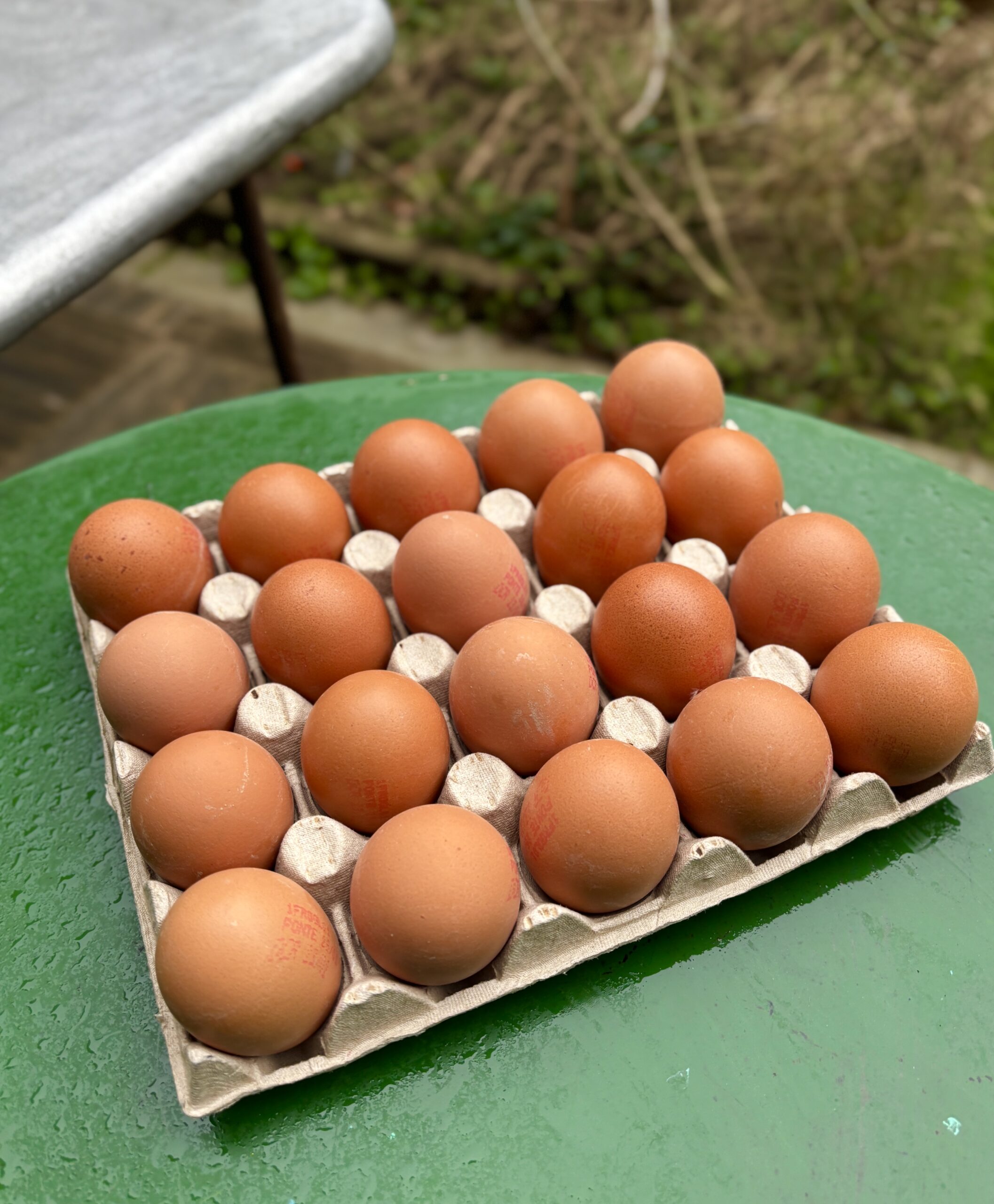Quince tarte Tatin Recipe
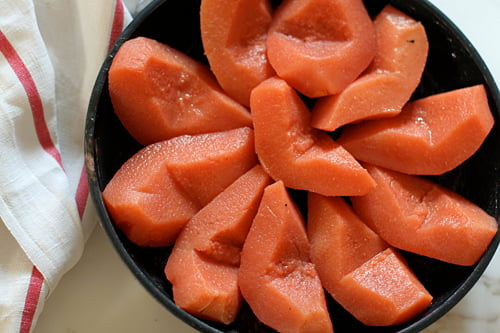
When I moved to Paris, almost immediately I went looking for a tarte Tatin mold. The one I’d bought years ago in Paris, I’d left back in San Francisco.
I suppose could’ve packed it with me, for its third overseas journey but that would be one heck of a carbon footprint for a simple little pan, wouldn’t it?
So I went to my least-favorite kitchenware shop in Paris, where the over-eager salesman, hearing my accent américain, tried to talk to me into a very, very expensive copper mold; the priciest option available. Extricating myself from his clutches (and his hand from my wallet in my back pocket) I left and walked over to Bovida, and bought a far less-expensive non-stick tarte Tatin mold, one that I’ve come to love.
In fact I use it not just for baking, but it’s become my go-to pan for everything from toasting pecans to roasting off a chicken.
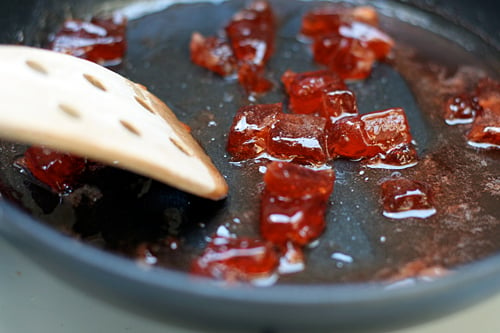
There’s some discrepancy in the story of how tarte Tatin was invented. The popular tale says that it was the result of a kitchen mishap where someone dropped a tart, but served it anyways, in its overturned state. I’m not so sure about that myself, but I am sure that it’s one of my favorite desserts of all time, and very popular amongst the French.
And speaking of discrepancies, unlike a classic apple tarte Tatin, this one uses no caramel or butter, and isn’t cooked on the stovetop for ages. It’s basically a reduction of the quince syrup, poached quinces covered with a simple dough, and baked.
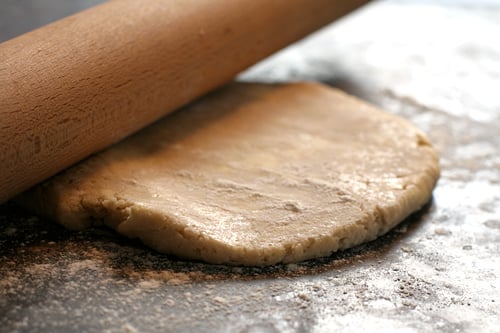
The dough is from Room For Dessert, and it’s ridiculously simple. It comes together in about 30 seconds and bakes up sturdy, but flaky. If you don’t have a machine, simply cut the butter in with a pastry blender or mix it quickly with your fingertips.
Rigid classicists…yes, I know you’re out there…say that a true tarte Tatin should only be served nature, by itself, or maybe with a dollop of crème fraîche. Since this isn’t a classic tarte Tatin, feel free to serve a scoop of melting vanilla (or salted butter caramel) ice cream alongside. Assuming the tarte Tatin gendarme aren’t hovering outside your door. If they are, one bite of this should prod them into showing some leniency.
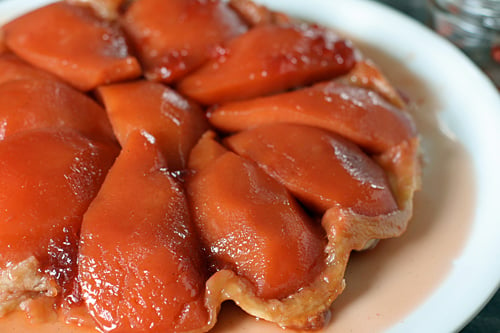
Quince tarte Tatin
- 1 cup (140g) flour
- 2 teaspoons sugar
- 1/4 teaspoon salt
- 6 tablespoons (85g) unsalted butter, chilled, cut into 1-inch cubes
- 3 tablespoons ice water
- In the bowl of a standing electric mixer, or food processor, blitz together the flour, sugar, salt, and butter, until the butter is in small, but discernible pieces, about the size of large peas.
- Add the water and mix (or pulse) until the dough just begins to hold together. If it looks too dry, add a sprinkle more water.
- Use your hands to knead the dough for a couple of seconds, just until it comes together, and shape it into a flat disk. Wrap in plastic and chill for at least 30 minutes.
To assemble the tarte Tatin:
- Pour 1 1/4 cup (310ml) of strained quince poaching liquid in a tarte Tatin pan or cast iron skillet.
- Cook over moderate heat until the liquid is thick and syrupy (the consistency of honey) and remove from heat. The amount should be about 1/4 cup (60ml).
- 3. Lay poached quince quarters, which have been patted dry, snugly against each other, rounded side down, in the pan. Pack them in tightly as they’ll settle down once baked.
- On a lightly-floured surface, roll the dough into a circle a few inches bigger than the pan you’re using.
- Drape the dough over the quince, tucking in the edges, and bake on a lower rack in a 375F (190C) oven for approximately 45 minutes. The tart is done when the dough is deep golden brown.
- Remove from the oven and let rest on a cooling rack for a few minutes to settle, then overturn a rimmed serving platter or baking sheet over the tart, and flip the tart over. You may wish to wear long oven mitts and be sure to take appropriate precautions, as hot liquid will inevitably escape, which you’ll likely want to save to glaze the tart.










